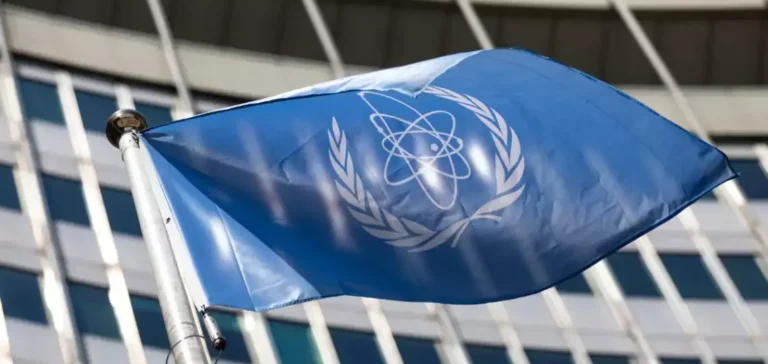The International Atomic Energy Agency (IAEA) has confirmed the presence of uranium particles of anthropogenic origin in an environmental sample taken from a Syrian site suspected of being linked to a former undeclared nuclear project. This site is associated with a facility in Deir al-Zor, destroyed by an Israeli airstrike in 2007.
According to a confidential report sent to member states, the IAEA’s analysis revealed that the uranium had undergone chemical processing, indicating an industrial origin. Although the particles are classified as “natural”, meaning they were not enriched, their presence remains inconsistent with the explanations previously provided by Syrian authorities.
Limited progress in a probe open for more than a decade
Since 2011, the IAEA has assessed that it was “very likely” the Deir al-Zor facility had been an undeclared nuclear reactor. Damascus had always maintained that it was a conventional military site. The agency had not received regular access to the site or related locations until a recent revival of cooperation with the new Syrian authorities.
As part of this renewed engagement, samples were taken in 2024 at three distinct sites “functionally related” to Deir al-Zor. It was at one of these locations that the particles were detected. The precise origin of the uranium traces remains unclear, and no direct link has yet been established with undeclared nuclear production activities.
Partial access granted, assessment still underway
In June, the IAEA was authorised to return to the site to conduct additional environmental sampling. During a meeting the same month between IAEA Director General Rafael Grossi and Syrian President Ahmed al-Sharaa, Syria committed to full cooperation with the agency, including facilitating access to Deir al-Zor for inspections and interviews with former officials.
The agency plans to continue analysing the other inspected sites and evaluate the results before drawing final conclusions. At this stage, no evidence of an active nuclear programme has been presented, but ongoing verifications are expected to allow closure of this case, open for more than fifteen years.
“Once this process has been completed and the results evaluated, there will be an opportunity to clarify and resolve the outstanding safeguards issues related to Syria’s past nuclear activities,” the agency said in its report.






















